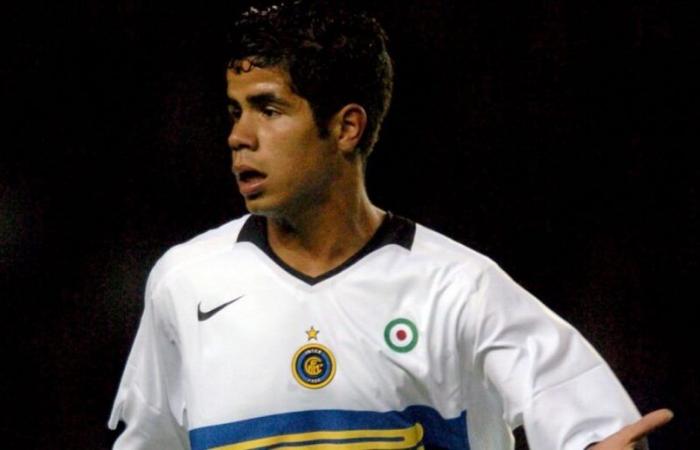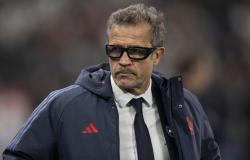
The Tunisian international Tijani Belaïd made an impression with the “Eagles of Carthage” between 2006 and 2010.
Trained to Paris FChe joined Inter Milan in 2004 at the age of 17. After a successful stint with the Primavera teamhe was upgraded to the first team in 2005 and took part in the match against Reggina, on behalf of the 38th and final day of Serie A 2004-2005.
In addition to the Lombard club, he defended the helmets of PSV Eindhoven, Slavia Prague, Hull City, APOEL Nicosia, Union Berlin and many second-rate teams in Europe.
Today, he continues his career with US Créteil-Lusitanosclub National 2 in France.
During the current season, he took part in 7 matches in all competitions, without managing to score a single goal or deliver a single assist.
As a reminder, the latter represented the youth teams of France before changing his football nationality from French to Tunisian in 2006.
Furthermore, he took part in 20 matches with the “Eagles of Carthage”in all competitions, crowned with 3 goals and 4 assists.
Contacted by « Foot Africa », Tijani Belaïd was kind enough to answer questions from the team of editors.
If you tell us about your new adventure with US Créteil?
Everything is going very well, I was very surprised by the quality of the installations and the working conditions as well as the fairly high technical level of the National 2.
I am near the end of my career and I find pleasure in evolving in France close to my family.
How do you explain this obvious drop in performance of the Tunisian team? And what solutions do you think will allow the Eagles of Carthage to regain their former glory?
This crisis had to be foreseen for a long time, the national team is paying cash for the low level of the local championship which is declining in a spectacular way due to the deterioration of the state of the sporting infrastructure and the lack of resources for the majority of clubs.
The Tunisian national team will become strong again once the local championship regains a fairly high technical level, especially since the pool of dual nationals is not as impressive as is the case for the other African selections.
Tunisia coach Kais Yaâkoubi caused controversy by evoking the history of certain bonuses granted by Algeria and Morocco to certain dual nationals to convince them to wear their jerseys. Is this true? Have you heard any of his bounty stories in the past?
This is nonsense! The coach seeks to argue without providing tangible proof.
As I am also a former dual national, I confirm that players born in Europe are patriotic and are not mercenaries who play only for money.
What do you remember from your previous stints, particularly that with Inter Milan?
It was my first professional stint. I spent unforgettable moments with Inter Milan especially since I had the chance to rub shoulders with very high level players like Javier Zanetti, Walter Samuel, Juan Sebastián Verón, Iván Córdoba, Julio Cruz, Adriano…
Speaking of Adriano, do you agree with those who think he is one of the great wastes of world football?
I don’t agree, Adriano had a very good career, whether at club or national team.
We must not forget that he won the Italian championship on many occasions and was the great architect of the coronation of Brazil during the 2005 Confederations Cup.
It is true that he could have stayed in the top European level for a longer period, but, unfortunately for him, he was affected by some personal problems which affected his career.
Why are Italian clubs no longer able to perform well in the UEFA Champions League?
It is clear that the lack of resources ended up playing a bad trick on Italian clubs. That said, we must not forget that Italy managed to place two teams in the semi-finals of the UEFA Champions League 2022-2023 namely AC Milan and Inter Milan.
The comparison between Maradona and Messi is still relevant… Who do you prefer and why?
Unquestionably Lionel Messi who in my opinion is the best player of all time. Statistically speaking, he set the bar very high and no player has managed to stay on the roof of world football for so long.
Which African selection is according to youus best equipped to win the World Cup?
In my opinion, the Morocco is currently the African selection best equipped to win the final phase of the World Cup. The North African country has an exceptional pool of very talented young players who play with the best clubs in the world.





